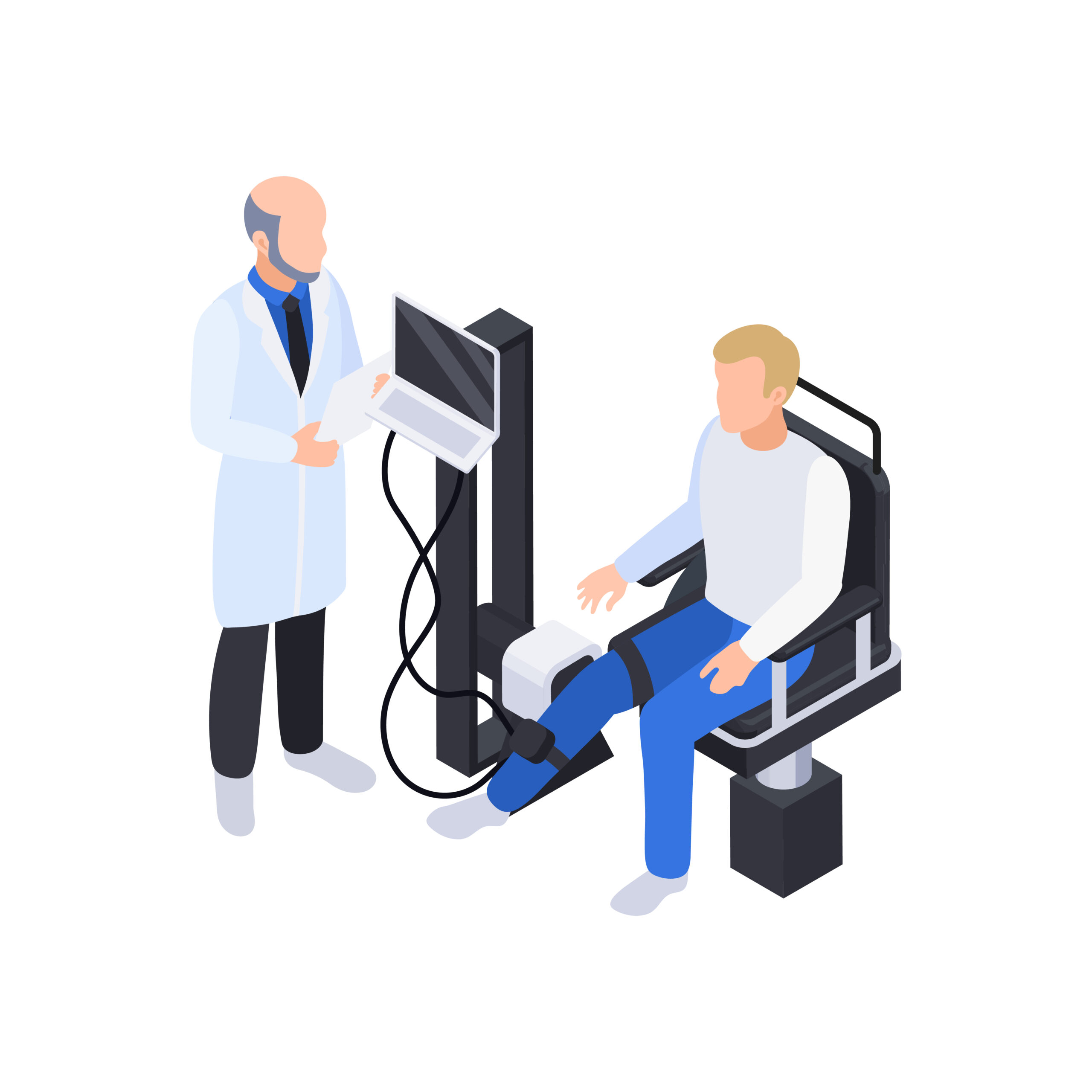
Therapeutic technology integration represents a significant shift in how healthcare providers approach treatment. By blending modern technology with traditional therapeutic methods, professionals can offer more personalized, efficient, and effective care. This evolving landscape improves patient outcomes and reshapes how therapy is delivered across various medical fields.
The Rise of Therapeutic Technology
Over the past decade, technology has increasingly found its place within healthcare. Devices and software for therapeutic interventions have become more sophisticated and accessible. This integration started as simple tools to assist clinicians but has now expanded into comprehensive systems actively participating in treatment processes. Adopting therapeutic technology allows practitioners to monitor patient progress more accurately and adjust treatments in real-time.
Technology’s role in therapy is particularly notable in physical rehabilitation. Innovations like motion sensors and virtual reality have provided new ways to engage patients and improve motor function recovery. Moreover, teletherapy platforms enable patients to access mental health services from remote locations, breaking down barriers related to geography and mobility. As a result, therapeutic technology has become an indispensable part of modern healthcare.
Enhancing Patient Engagement and Motivation
One of the most impactful changes brought by therapeutic technology integration is the enhancement of patient engagement. Traditional therapy often faces challenges related to patient motivation and adherence. However, when technology is involved, patients receive immediate feedback and can visualize their progress, which fosters a greater sense of involvement in their healing journey.
For instance, wearable devices that track movement or physiological data provide patients with tangible evidence of improvement. This feedback loop encourages continued participation and helps build confidence. Similarly, gamified therapy applications transform mundane exercises into interactive experiences, making therapy more enjoyable and less of a chore. Consequently, the blend of technology and therapy supports sustained patient commitment, essential for successful treatment outcomes.
Improving Data Collection and Analysis
Accurate data collection is crucial in therapeutic settings to assess treatment efficacy and guide clinical decisions. Traditional methods relied heavily on periodic assessments and subjective reporting, sometimes limiting the ability to capture nuanced changes over time. Integrating technology allows for continuous, objective data gathering, offering a more detailed picture of patient progress.
Devices embedded with sensors can continuously monitor movements, heart rate, or brain activity throughout therapy sessions and even daily activities outside the clinical environment. This wealth of data enables healthcare providers to identify subtle patterns and make evidence-based adjustments to treatment plans. Moreover, machine learning algorithms can analyze complex datasets to predict outcomes or suggest personalized interventions. As a result, therapeutic technology integration elevates the precision and effectiveness of care.
Expanding Access to Therapy
Access to quality therapeutic care remains challenging for many individuals due to geographical, financial, or mobility constraints. Therapeutic technology integration addresses these barriers by facilitating remote service delivery and reducing the need for in-person visits. Telehealth platforms allow therapists to connect with patients via video calls, providing counseling, coaching, or guided exercises regardless of location.
Additionally, mobile health applications empower users to perform therapeutic activities independently with digital guidance and monitoring. These tools can offer tailored programs based on individual needs and progress, ensuring a degree of customization previously unavailable outside clinical settings. This democratization of therapy services broadens reach and helps underserved populations receive timely support. Consequently, integrating technology in therapy promotes equity in healthcare access.
Challenges in Integrating Technology with Therapy
Despite the numerous advantages, integrating technology into therapeutic practice also presents challenges. One primary concern involves ensuring the privacy and security of patient data collected through digital platforms. Healthcare providers must implement robust measures to protect sensitive information from breaches and misuse. Additionally, technological solutions must comply with regulatory standards to maintain patient safety and trust.
Another challenge is the need for adequate training among therapists to utilize these technologies effectively. Without proper education and support, clinicians may struggle to incorporate digital tools into their workflow, limiting their potential benefits. Furthermore, not all patients, especially older adults or those with cognitive impairments, may feel comfortable or capable of using technology. Addressing these issues requires a balanced approach considering the technical and human factors involved in therapeutic technology integration.
The Future of Therapeutic Technology Integration
Looking ahead, the integration of therapeutic technology promises continued innovation and transformation in healthcare. Emerging fields like artificial intelligence and augmented reality can potentially create even more immersive and adaptive therapeutic experiences. For example, AI-driven systems could provide real-time personalized treatment adjustments based on ongoing patient data analysis. Augmented reality may simulate realistic scenarios for cognitive or motor skill rehabilitation, enhancing the effectiveness of therapy.
Moreover, collaboration between technology developers, healthcare providers, and patients will be critical to designing solutions that meet practical needs and ethical standards. As therapeutic technology continues to evolve, its successful integration depends on thoughtful implementation that prioritizes patient well-being and inclusivity. Ultimately, these advancements will redefine therapy, making it more precise, engaging, and accessible.
Therapeutic technology integration marks a pivotal advancement in modern healthcare. Combining digital innovation with established therapeutic practices improves patient engagement, enhances data-driven treatment, and expands access to care. While challenges exist, ongoing efforts to address privacy, training, and usability will pave the way for broader adoption. As technology evolves, its role in therapy will deepen, offering new possibilities to transform patient outcomes and the healthcare experience.